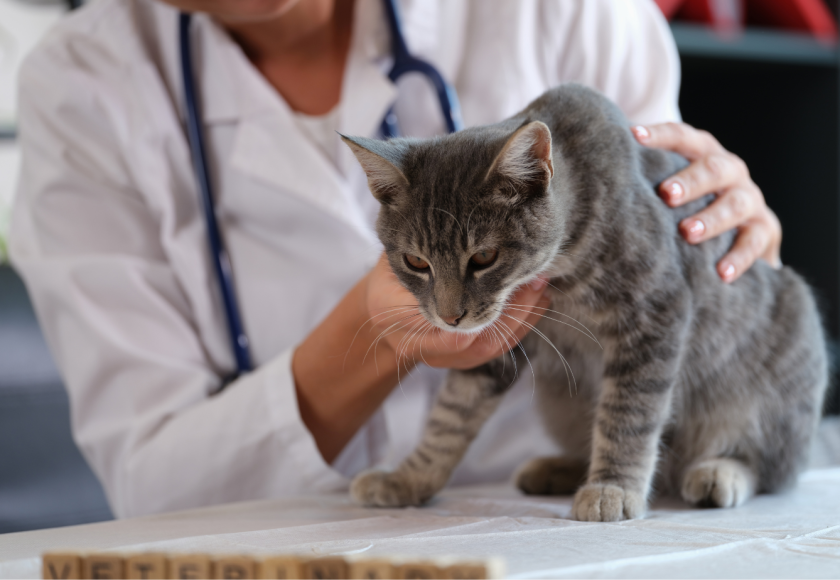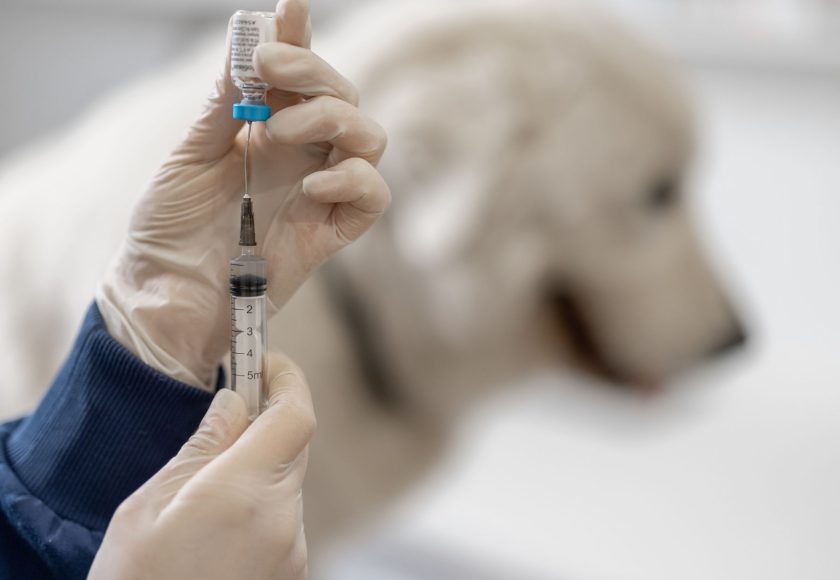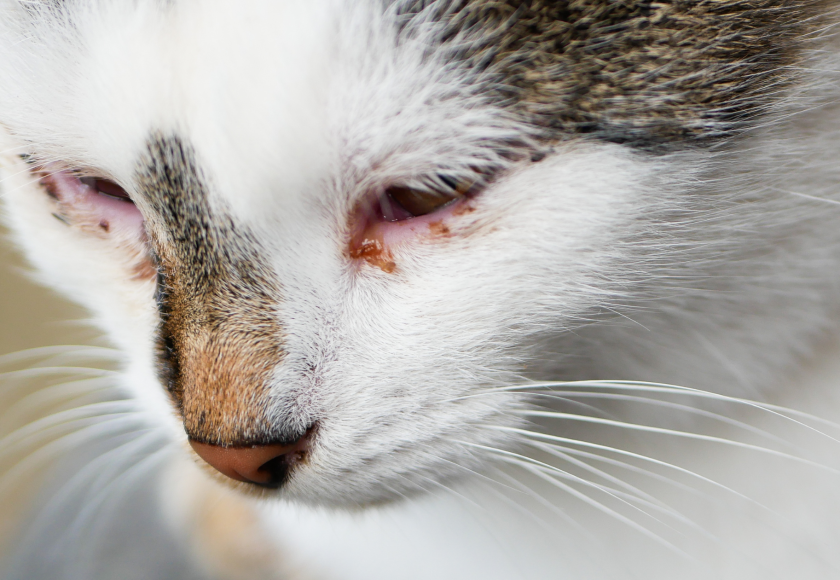Dog skin diseases are a variety of conditions that affect a dog’s skin and can cause discomfort and health problems. While some dog skin diseases may be mild and easily treatable, others can be more severe and require ongoing care.
Dog skin diseases can arise for a variety of reasons, including allergies, infections, parasites, or even genetics.
Table of contents
The most common skin diseases in dogs
Dermatitis in dogs
A frequently diagnosed and widespread skin disease in dogs is dermatitis, which can be caused by bacteria, fungi, or even autoimmune disorders. Fungal or bacterial inflammation of the skin in dogs must be treated as accurately and urgently as possible.
This skin disease often manifests itself as itching, redness, flaking, and even infection. Allergies can be related to food, air pollution, or plant pollen.
Seborrheic dermatitis in dogs
Another common skin condition in dogs is seborrheic dermatitis, which is characterized by flaking, oiliness, and blistering of the skin. This condition can be caused by a variety of factors, including genetics, hormonal imbalances, or bacterial infections.
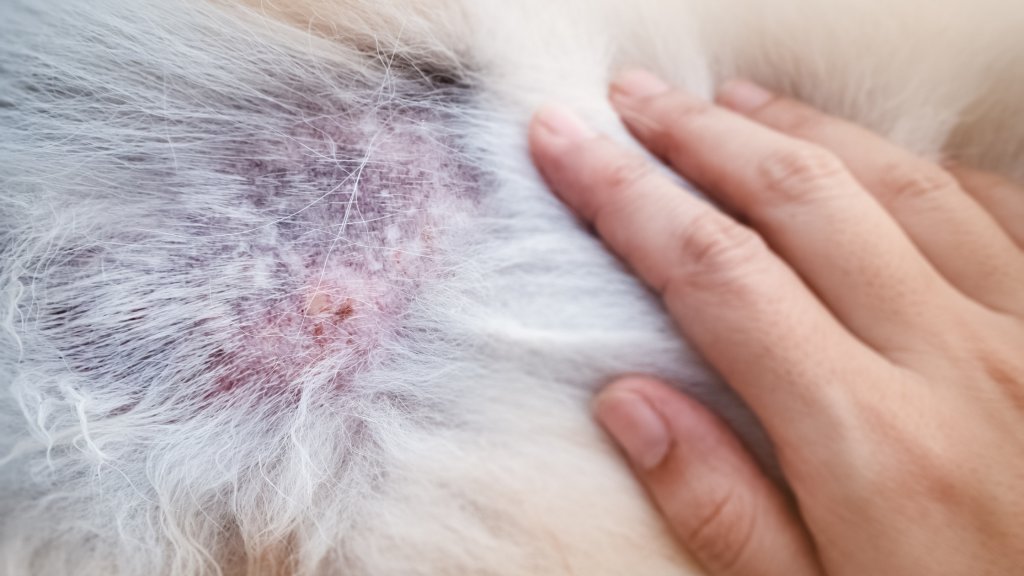
Fungal infection of the skin in dogs
Canine dermatophytosis is a common skin infection caused by various fungal organisms, such as dermatophytes, most commonly Microsporum and Trichophyton species. This condition is often referred to as “fungal infection” or “fungal skin disease” and can occur in dogs of any age, size, and breed. Canine skin fungus is highly contagious and can be spread through direct contact with an infected animal or contaminated objects such as combs, beds, or toys.
The main symptoms of skin fungus in dogs are redness, itching, flaking, and hair loss, most commonly around the armpits, ears, muzzle, paws, and tail. Skin lesions are often round in shape. Dogs may lick or scratch the infected area frequently, which can further aggravate the situation and cause secondary infections, so it is very important to consult a veterinarian as soon as possible.
Delayed or improperly treated fungal or bacterial dermatitis in dogs can lead to secondary infections of the deep layers of the skin and internal organs. Fungal skin infections in dogs can be dangerous not only to other animals living in the home, but also to the owners themselves.
How to diagnose skin fungus in dogs?
Only veterinarians can diagnose fungal infections in dogs by examining the skin under a special lamp and microscopically examining skin and coat samples. Treatment usually involves antifungal medications such as shampoos or creams, and in more severe cases, oral medications may be prescribed.
It is also important to keep your dog’s environment clean, wash their belongings regularly, and, if possible, avoid contact with infected and healthy animals to prevent the spread of infection. Although treatment may take several weeks, proper care and treatment will ensure a successful recovery.
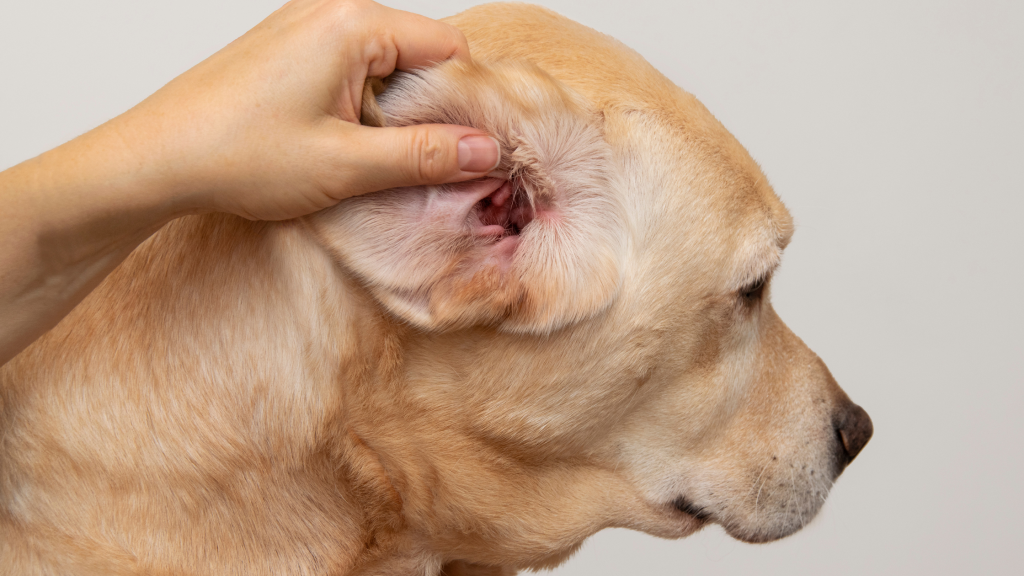
Parasitic skin diseases in dogs
Parasitic skin diseases in dogs, caused by flea or tick infestations, can cause various problems not only with the skin but also with other internal organs. Dog fleas and ticks can cause itching, redness, and allergic reactions, while demodicosis can cause hair loss and skin damage.
Demodicosis is a disease caused by small parasites that live in the hair follicles and sebaceous glands of dogs. Flea-induced skin diseases in dogs often lead to secondary skin infections in the deeper layers of the skin. Parasitic skin diseases in dogs can only be diagnosed and treated by a veterinarian.
Skin tumors or autoimmune diseases
Dogs can suffer not only from various bacterial or fungal infections, but also from skin tumors or autoimmune diseases that can affect the skin.
It is important to understand that each skin disease in dogs may require different treatment. However, regardless of the nature of the disease, it is important to consult a veterinarian dermatologist in a timely manner. If you notice any skin changes, such as itching, redness, flaking, or skin lesions (sores), it is best to contact a veterinary clinic immediately.
What could happen if I don’t treat my dog’s skin disease?
Unnecessary or incorrect treatment of skin diseases in dogs can have serious consequences for your pet’s health.
For example, despite atopic dermatitis, constant itching and skin damage can lead to secondary infections and long-term skin damage.
In addition, an untreated or improperly treated bacterial infection can spread to deeper tissues and cause serious health problems. Untreated skin diseases in dogs can cause constant discomfort for your pet and reduce its quality of life.
Also, some dog skin diseases can cause long-term:
- hair loss,
- skin scarring,
- coat loss, and skin sensitivity;
- skin cracking, bleeding, and pain;
- aesthetic problems with the dog’s skin and coat.
Therefore, treatment is necessary not only for the dog’s health, but also for its overall quality of life and well-being.

Why do black spots appear on a dog’s skin?
One of the most common reasons why dogs have black spots on their skin is an increased amount of melanin in certain areas of the skin. This can be a hereditary trait or simply natural pigmentation of the dog’s skin. These spots may be the result of increased concentrations of the pigment melanin in the skin, or they may be caused by other factors such as age, genetics, or even the sun.
Certain breeds of dogs, such as retrievers, cocker spaniels, or Labradors, may be prone to increased melanin and therefore have more black or brown spots on their skin.
Another reason for black spots on a dog’s skin is exposure to the sun. Just like humans, dogs can develop pigmented spots from the sun or other external factors. Some dogs may be sensitive to the sun’s rays and therefore may have increased pigmentation in certain areas of their skin.
However, it is important to note that sometimes black spots can be associated with skin problems or even diseases such as melanoma or other forms of skin cancer. Therefore, if you notice that the black spots on your dog’s skin are changing in size, shape, or color, or if you notice other unusual skin changes, such as itching or licking of the affected skin, it is important to consult a veterinarian -dermatologist immediately, who will determine the cause of the pigmented spots, provide an accurate diagnosis, and prescribe the best treatment plan.
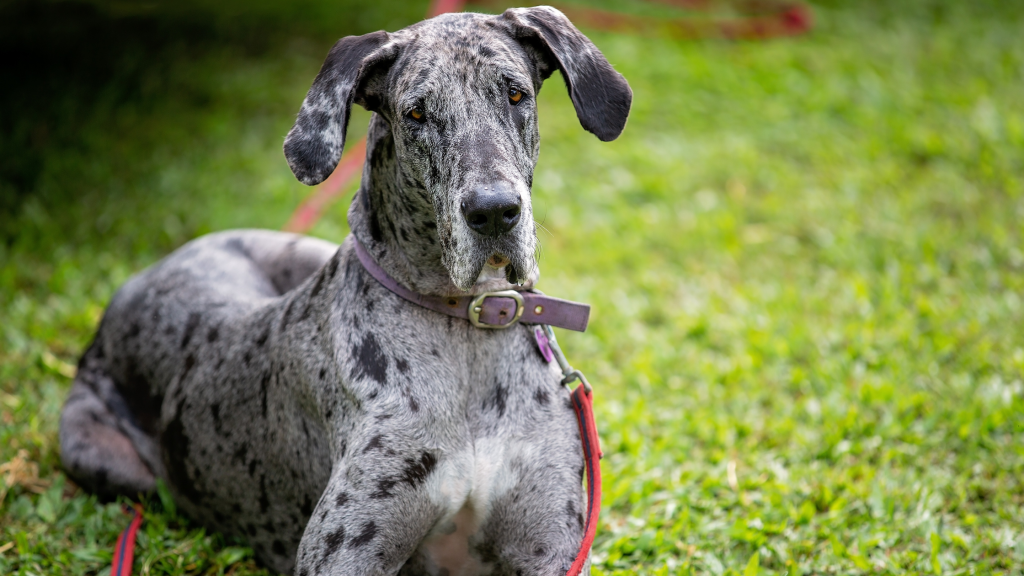
Why does a dog’s coat shed?
A dog’s coat can become thin for a variety of reasons, ranging from simple health issues to serious illnesses. One of the most common causes is dog allergies, which can be triggered by food, environmental factors, or even parasites such as fleas.
- When a dog’s coat thins, it can also be a sign of hormonal imbalance, such as thyroid or adrenal gland disease.
- Another common cause is skin infections, including bacterial, fungal, or parasitic infections, which can cause hair loss in certain areas of the body.
- Stress or poor nutrition can also affect the condition of your dog’s coat. If you notice that your dog’s coat is thinning, it is important to consult your veterinarian to determine the exact cause and begin appropriate treatment. With proper care, your dog’s coat can become thick and healthy again.
Where to seek help for dog skin diseases?
It is important to remember that each skin condition in dogs may require different treatment, so it is important to consult with a veterinary dermatologist to obtain a proper diagnosis and treatment plan that meets your pet’s needs.
Proper hygiene, nutrition, and regular health checkups can help prevent many dog skin diseases and ensure your dog’s health and well-being.
Veterinarians at Begemotas know how important it is to have a veterinarian who can give owners peace of mind about their four-legged family members. The mission of the veterinary clinic is to provide the highest quality treatment services, ensure professional service, and every convenience for patients—pets.



